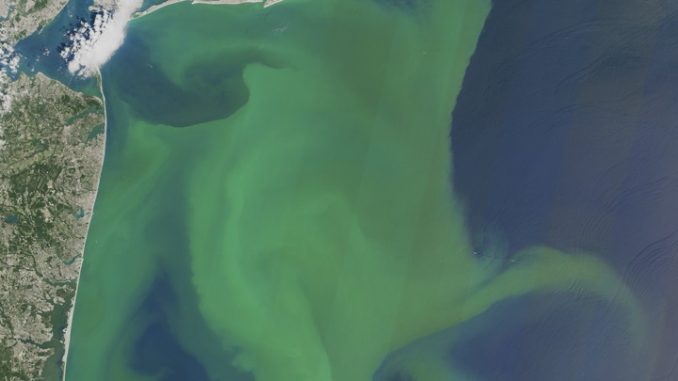
By Archana Jyoti
New Delhi: The Government on Friday informed Parliament that India’s western coast, including Khambat and Kutch, besides parts of the Konkan coast and south Kerala as well as the deltas of the Ganga, Krishna, Godavari, Cauvery, and Mahanadi on the East Coast are among the most “vulnerable” areas as the sea level is projected to rise by 3.5 to 34.6 inches between 1990 and 2100 leading to inundation of valuable land and habitat.
The details of the Government’s report on climate change have been shared with the United Nations Framework Convention on Climate Change, said Union Minister of Environment Minister Mahesh Sharma in a reply to the Lok Sabha on Friday.
He said, “Sea levels are changing at different rates along the Indian coast as per the studies carried out by the Indian National Centre for Ocean Information Services.”
Painting a gloomy picture of the coastal zones owing to rise in sea level due to climate change, the Minister said, “Second National Communication submitted by India to United Nations Framework Convention on Climate Change projects sea level rise by 3.5 to 34.6 inches between 1990 and 2100, which may result in saline coastal groundwater, endangering wetlands and inundating valuable land and communities.”
The Minister was also asked whether rise in the sea level owing to global warming was posing a threat to the coastal villages of the country.
The information comes a few weeks after nearly 200 countries gathered at Katowice in Poland to adopt a set of rules to limit global warming under the Paris climate deal that will come into effect in 2020.
The Paris Agreement has called for keeping a global average temperature rise this century to well below 2°C above pre-industrial levels, while pursuing efforts to limit the temperature increase to 1.5°C.
Sharma pointed out that “the most vulnerable stretches along the western Indian coast are Khambat and Kutch in Gujarat, Mumbai, and parts of the Konkan coast and south Kerala. The deltas of the Ganga, Krishna, Godavari, Cauvery, and Mahanadi on the East Coast may be threatened, along with irrigated land and a number of urban and other settlements that are situated in them.”
The Government has taken a string of measures taken to protect the country’s coastal areas and communities.
The Minister said the Coastal Regulation Zone (CRZ) Notification, 2011 and Island Protection Zone (IPZ) Notification, 2011 are enforced and implemented by the concerned Coastal Zone Management Authorities (CZMAs) of states and UTs.
Under the extant regulations, theses CZMAs have been empowered to enquire into the cases of alleged violation of the provisions of the notifications and take appropriate action under the law.
Quoting the State of Forest Report 2017, he said there has been a net increase of 181 sqkm in the mangrove cover of the country as compared to 2015 assessment. The other steps taken by the Government target protection of livelihoods of fisher folk communities, preservation of coastal ecology, initiation of an integrated coastal zone management project with objectives of building capacity for implementation of comprehensive coastal management, delineation of erosion line over the entire coast line covering the mainland coastal states/UTs as a part of hazard line mapping exercise carried out by Survey of India among others.
India is already in the midst of preparing the USD 35 million (includes USD 9 million from the Global Environment Facility)Third National Communication (TNC) with the help of the United Nations Development Programme (UNDP) that aims to make climate change assessments more policy-relevant and enhance India’s capacity to incorporate climate change in its development processes.
Source: Daily Pioneer

Leave a Reply